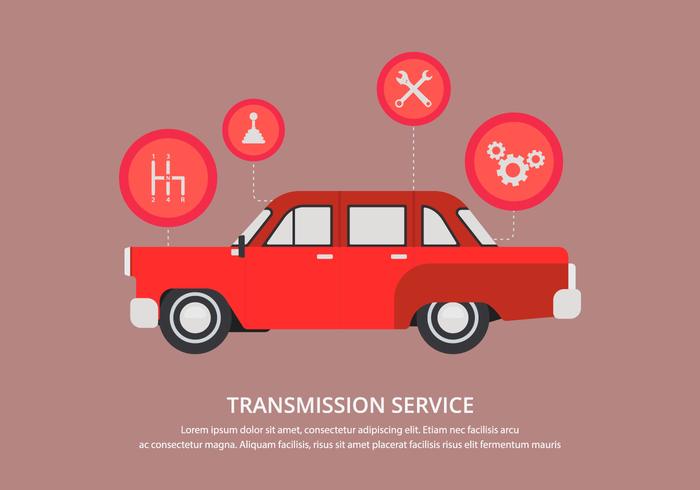Deciphering The Value Of Your Vehicle'S Caution Indicators
Deciphering The Value Of Your Vehicle'S Caution Indicators
Blog Article
click the up coming website page By-McKee Dreier
When you're behind the wheel, those radiant warning lights on your control panel can be a bit difficult. Do you know what they're trying to inform you regarding your cars and truck's health? Comprehending the relevance of these lights is important for your security and the long life of your automobile. So, the following time among those lights appears, would not you want to decipher its message precisely and take the required actions to address it?
Common Caution Lights and Interpretations
Recognize usual warning lights in your cars and truck and understand their meanings to ensure secure driving.
One of the most regular warning lights consist of the check engine light, which signals concerns with the engine or emissions system. If this light comes on, it's vital to have your lorry inspected without delay.
The oil stress cautioning light indicates low oil stress, needing immediate attention to prevent engine damages.
A flashing battery light may recommend a faulty charging system, possibly leaving you stranded if not dealt with.
The tire stress surveillance system (TPMS) light signals you to low tire stress, impacting vehicle security and fuel effectiveness. Overlooking this can bring about harmful driving problems.
The abdominal light shows a trouble with the anti-lock stopping system, jeopardizing your ability to stop rapidly in emergency situations.
Lastly, the coolant temperature alerting light warns of engine overheating, which can lead to extreme damage otherwise dealt with promptly.
Understanding these usual warning lights will aid you deal with issues without delay and maintain risk-free driving conditions.
Importance of Prompt Interest
Recognizing the typical caution lights in your auto is just the very first step; the relevance of immediately addressing these cautions can not be stressed sufficient to guarantee your safety when traveling.
When a caution light brightens on your control panel, it's your automobile's method of interacting a possible issue that needs focus. Overlooking https://brakesnearme06283.mdkblog.com/36827019/discover-the-secrets-of-this-auto-technique-and-empower-on-your-own-to-manage-your-car-s-wellness can lead to much more extreme problems down the road, endangering your safety and possibly costing you a lot more in repairs.
Trigger interest to advising lights can avoid break downs and accidents. As an example, a blinking check engine light could indicate a misfire that, if left neglected, might create damages to the catalytic converter. Addressing this promptly can save you from a pricey repair work.
Similarly, a brake system alerting light might signal low brake fluid or worn brake pads, important components for your safety and security when driving.
DIY Troubleshooting Tips
If you discover a warning light on your dashboard, there are a couple of DIY troubleshooting tips you can attempt before seeking specialist aid.
The initial step is to consult your automobile's handbook to recognize what the details caution light suggests. In some cases the concern can be as simple as a loosened gas cap activating the check engine light. Tightening aaa auto repair might solve the issue.
Suggested Internet page is a low battery, which can cause different cautioning lights. Checking the battery connections for rust and ensuring they're secure could repair the trouble.
If a caution light lingers, you can attempt resetting it by separating the automobile's battery for a few mins and after that reconnecting it. In addition, examining your automobile's fluid levels, such as oil, coolant, and brake fluid, can assist fix cautioning lights connected to these systems.
Conclusion
Finally, comprehending your car's caution lights is necessary for maintaining your lorry running smoothly and safely. By promptly resolving these alerts and understanding what they indicate, you can avoid pricey repairs and possible break downs.
Bear in mind to consult your automobile's guidebook for specific information on each cautioning light and act as necessary to ensure a trouble-free driving experience.
Stay notified, stay risk-free when traveling!
